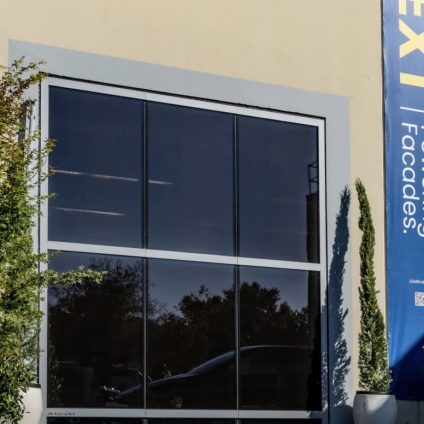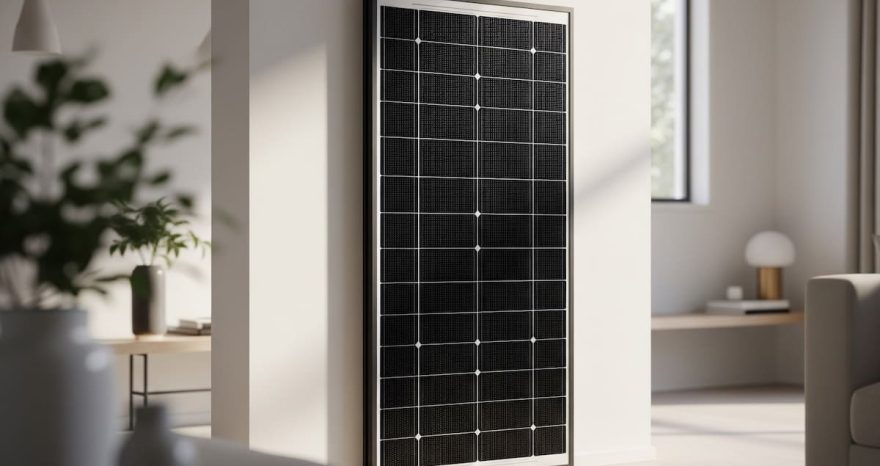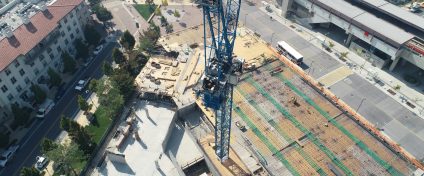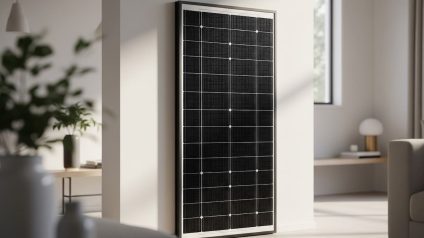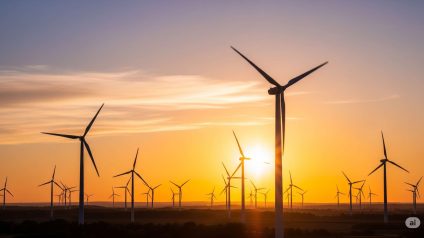NEXT Energy Technologies installs the world’s first integrated organic photovoltaic facade in Santa Barbara, opening a new chapter for solar-powered architecture.
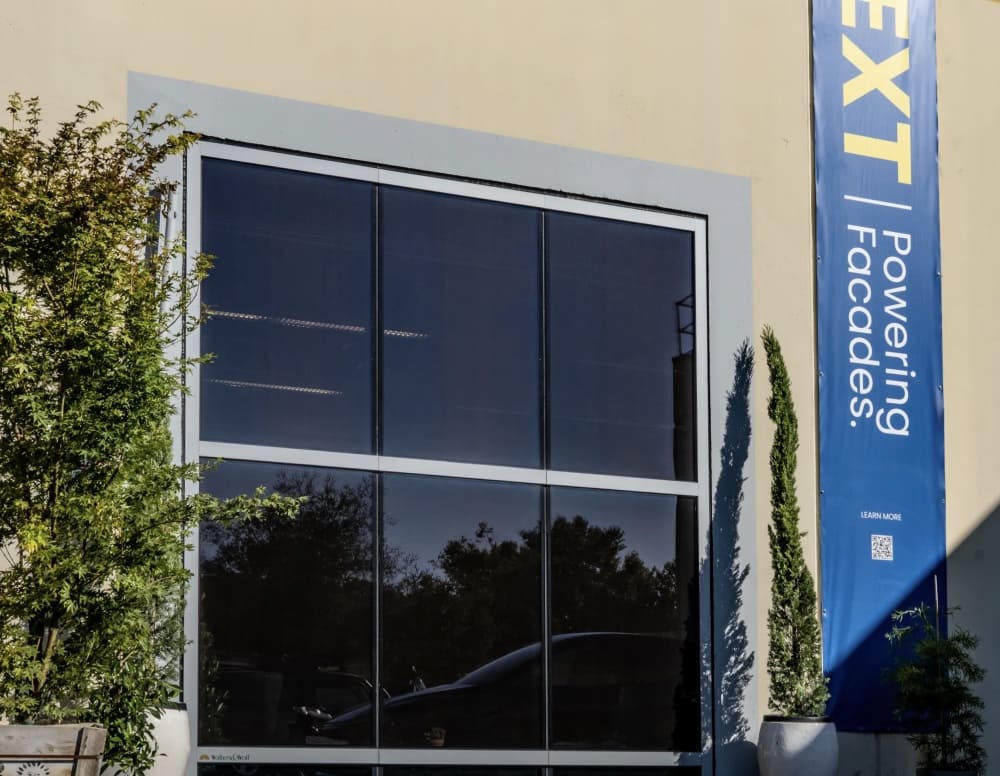
The BIPV family expands with NEXT’s latest milestone
How many remember the organic photovoltaic window introduced earlier this year by California-based NEXT Energy Technologies? Last week, the same company reached a new milestone in its path to market. NEXT has now completed the world’s first installation of an organic photovoltaic facade fully integrated into a commercial building, located at its headquarters in Santa Barbara.
The innovative system includes six transparent solar windows, each measuring 102 by 152 centimeters, developed with NEXT’s proprietary technology. While the installation is relatively modest in scale, it marks a major step forward for building-integrated photovoltaics (BIPV). Why? Because the system operates without silicon or costly, imported semiconductors. Instead, it merges high-end aesthetics, energy production, and direct integration with the glass manufacturing supply chain.
To fully understand the significance, let’s take a step back.
Current technologies for building-integrated photovoltaics
Today, building-integrated photovoltaic systems can rely on a wide range of technologies, each offering specific advantages. Key solutions include:
- Integrated roofs: Sloped rooftops outfitted with overlapping elements like solar tiles or shingles.
- Ventilated facades: These consist of a structural support, an air gap, and an external cladding that integrates photovoltaic panels. The air gap allows for natural ventilation, helping dissipate heat in summer and improving both efficiency and lifespan.
- Multifunctional external components: This category includes PV-integrated sunshades (such as louvers or blinds embedded in glass), as well as balconies, awnings, and verandas with solar modules built into the structure.
- Curtain walls: Non-ventilated, continuous glass systems, either partially or fully glazed, where photovoltaic panels are supported by a structural frame. These systems must meet high standards for acoustic and thermal insulation, light transmission, and waterproofing.
- Prefabricated systems: Preassembled multifunctional elements installed on facades or rooftops. These typically include the photovoltaic layer, protective coatings, and supporting frame.
What does a BIPV system cost?
A recent report by the SUPSI – ISAAC – BIPV Research Team, in collaboration with the Becquerel Institute, sheds light on costs. The researchers surveyed European BIPV manufacturers to catalog products made or assembled in Europe and analyze pricing trends. The study evaluated 35 products, taking into account factors like color, dimensions, and shape customization.
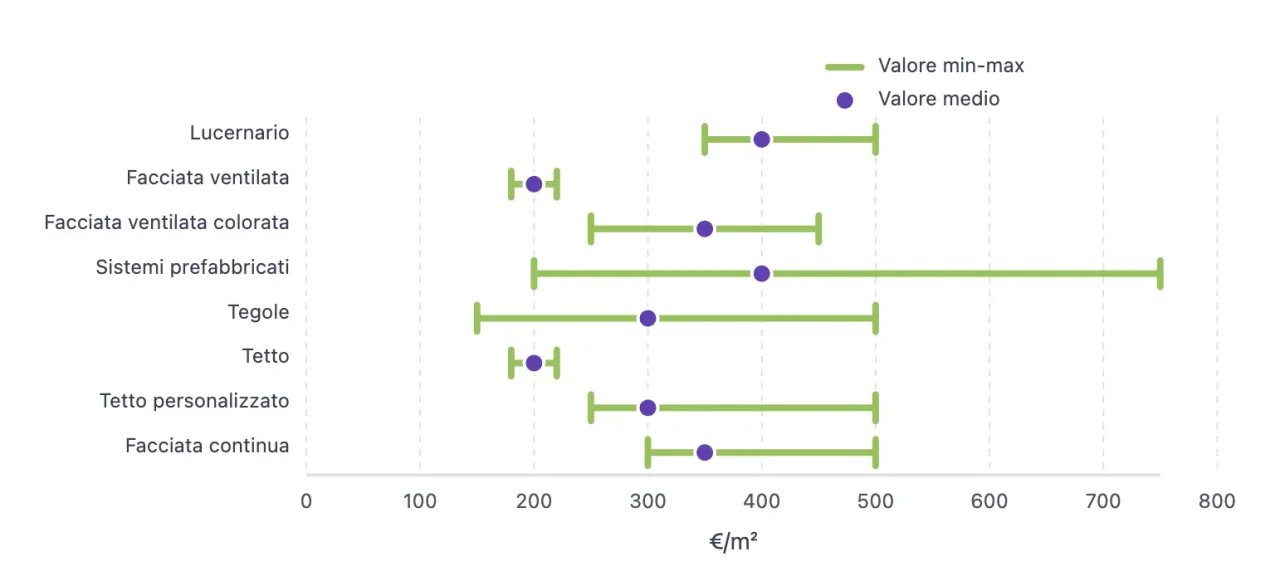
NEXT’s organic photovoltaic facade
The new organic solar facade uses a total of 9 square meters of NEXT’s proprietary energy-generating glass. The windows are built with low-emissivity interior panes supplied by Viracon. Curtain wall expert Walters & Wolf handled the design, supply, and installation of the framing system, while NEXT engineered the exterior glazing that incorporates the transparent photovoltaic coating.
The production process mirrors OLED display manufacturing. NEXT’s organic inks are applied directly onto glass using in-house slot-die coating techniques. “Our highly refined process is a versatile deposition method in which a solution is dispensed onto a substrate through a narrow slit placed close to the surface,” the company explains on its website.
This Santa Barbara project is the first installation of its kind worldwide. “This is the first of many,” said Jonathan Hafemann, vice president of commercialization and growth at NEXT. “We’re thrilled to share a real-world demonstration of our vision for energy-generating facades and to invite the industry to reimagine what’s possible when windows do more than just manage heat gain and thermal transmittance.”
How much energy can the organic photovoltaic facade generate?
Exact performance data are not yet available, as NEXT has not disclosed details on efficiency, durability, or energy output. However, the press release suggests that a system of this kind could offset approximately 20 to 25 percent of the typical energy consumption of commercial buildings.


